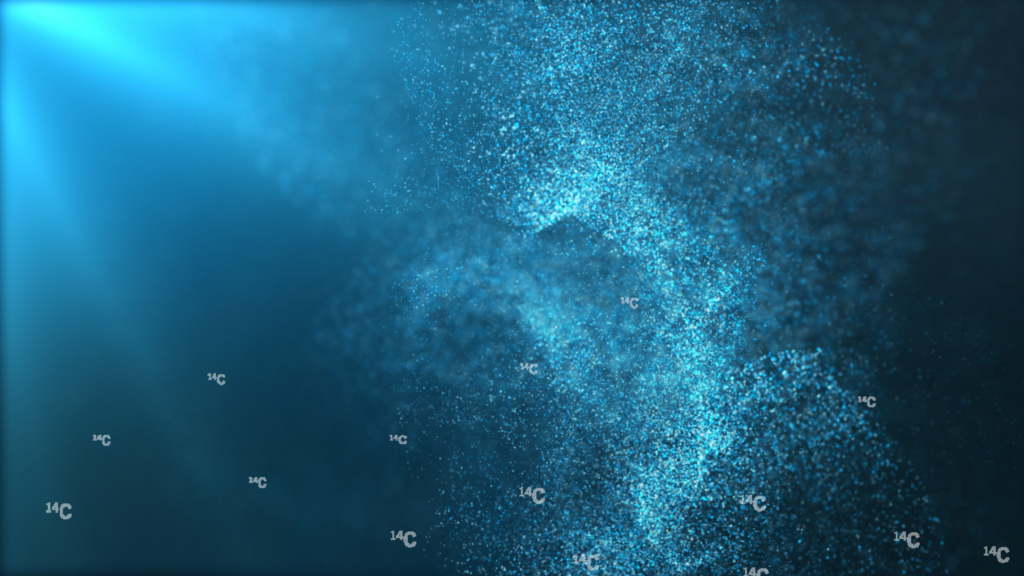BOMB RADIOCARBON AND THE OCEAN CARBON CYCLE: OBSERVATIONS, LEGACY, IMPLICATIONS
The deep ocean (> 2000 m) occupies approximately 60% of the Earth surface, contains Earth’s largest active reservoir of carbon, and hosts our planet’s largest ecosystem.
What can we learn about its composition, dynamics, and connections with other parts of the global carbon cycle?
A fundamental paradigm that underpins our current understanding of oceanic carbon cycling is the “biological pump”, a term used to describe a complex suite of biological, chemical and physical processes that result in the photosynthetic fixation of carbon by phytoplankton dwelling in surface waters and the vertical export of this carbon to (and sequestration in) the deep ocean.
We assume that processes operating in oceanic deep waters are more complex, dynamic and spatially heterogeneous than hitherto considered!

In particular, we have found large amounts of old, or “pre-aged” organic carbon in sinking particles that cannot be readily reconciled with the classical biological pump paradigm. These observations imply that other processes, including lateral particle advection and/or microbial metabolism in the deep ocean, must play an important role in carbon cycling. This proposed project seeks to elucidate underlying processes, determine their ubiquity, and explore implications for our understanding of the oceanic carbon cycle.
The BROCCOLI project has three major objectives that each involve application of newly available analytical methods for radiocarbon analysis to an extensive suite of archived samples of sinking particulate matter collected during sediment trap deployments in the deep ocean:
(1) We will examine samples from a multi-decadal time-series sediment trap experiment that overlaps with marked changes in the radiocarbon content of CO2 in the atmosphere and dissolved inorganic carbon in the surface ocean following nuclear weapons testing in the 20th century. We will use the manifestation of this radiocarbon “bomb-spike” in deep-ocean sinking particulate organic matter to draw new insights into the functioning and rhythm of the deep ocean carbon cycle.
(2) Complementary analyses on archived samples from sediment traps deployed in around the world oceans will allow assessments of spatial variability and development of a radiocarbon “climatology” for particulate organic carbon in the deep sea;
(3) Novel analytical approaches will be applied to a subset of samples characterized by old radiocarbon signatures in order to unravel the causes and dimensions of isotopic variability within deepocean sinking particulate.
